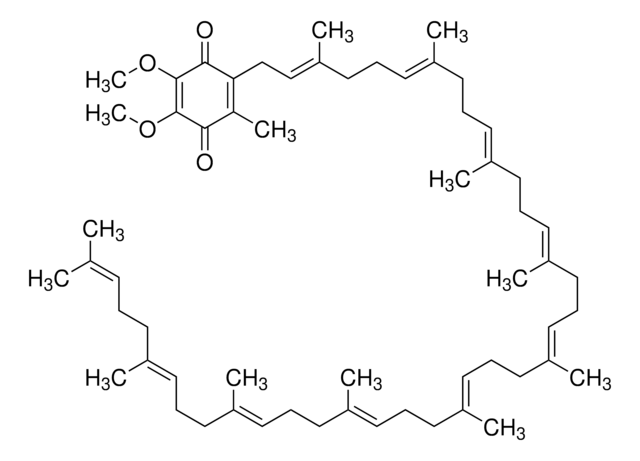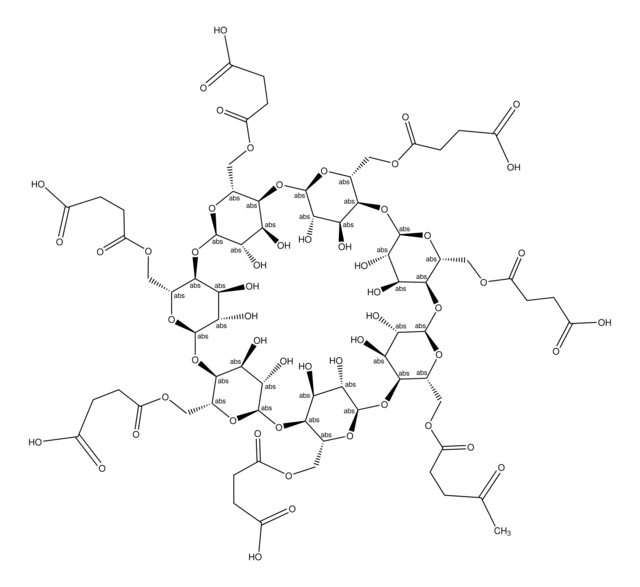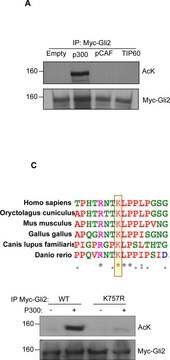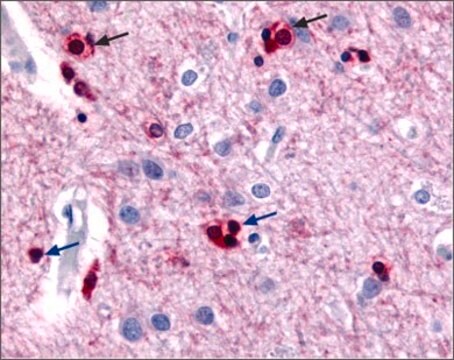05-667
Anti-phospho-CREB (Ser133) Antibody, clone 10E9
clone 10E9, Upstate®, from mouse
Sinónimos:
active transcription factor CREB, cAMP responsive element binding protein 1, cAMP-response element-binding protein-1, transactivator protein
About This Item
Productos recomendados
biological source
mouse
Quality Level
antibody form
purified antibody
antibody product type
primary antibodies
clone
10E9, monoclonal
species reactivity
canine, rat, mouse, human
manufacturer/tradename
Upstate®
technique(s)
ELISA: suitable
immunohistochemistry: suitable
western blot: suitable
isotype
IgG1κ
NCBI accession no.
UniProt accession no.
shipped in
dry ice
target post-translational modification
phosphorylation (pSer133)
Gene Information
human ... CREB1(1385)
General description
Specificity
Immunogen
Application
Epigenetics & Nuclear Function
Transcription Factors
Quality
Western Blot Analysis: 0.5-2 μg/mL of this antibody detected phosphorylated CREB in whole cell lysates from HepG2 and PC12 cells treated with forskolin.
Target description
Physical form
Storage and Stability
Rehydrated: Stable for 3 months at 2-8ºC.
Aliquot solution to store frozen and avoid repeated freeze thaw cycles.
Analysis Note
Forskolin-treated PC12 cell lysate
Legal Information
Disclaimer
¿No encuentra el producto adecuado?
Pruebe nuestro Herramienta de selección de productos.
Optional
signalword
Danger
hcodes
Hazard Classifications
Acute Tox. 3 Dermal - Acute Tox. 4 Inhalation - Acute Tox. 4 Oral - Aquatic Chronic 3
Storage Class
6.1C - Combustible acute toxic Cat.3 / toxic compounds or compounds which causing chronic effects
wgk_germany
WGK 1
Certificados de análisis (COA)
Busque Certificados de análisis (COA) introduciendo el número de lote del producto. Los números de lote se encuentran en la etiqueta del producto después de las palabras «Lot» o «Batch»
¿Ya tiene este producto?
Encuentre la documentación para los productos que ha comprado recientemente en la Biblioteca de documentos.
Nuestro equipo de científicos tiene experiencia en todas las áreas de investigación: Ciencias de la vida, Ciencia de los materiales, Síntesis química, Cromatografía, Analítica y muchas otras.
Póngase en contacto con el Servicio técnico








